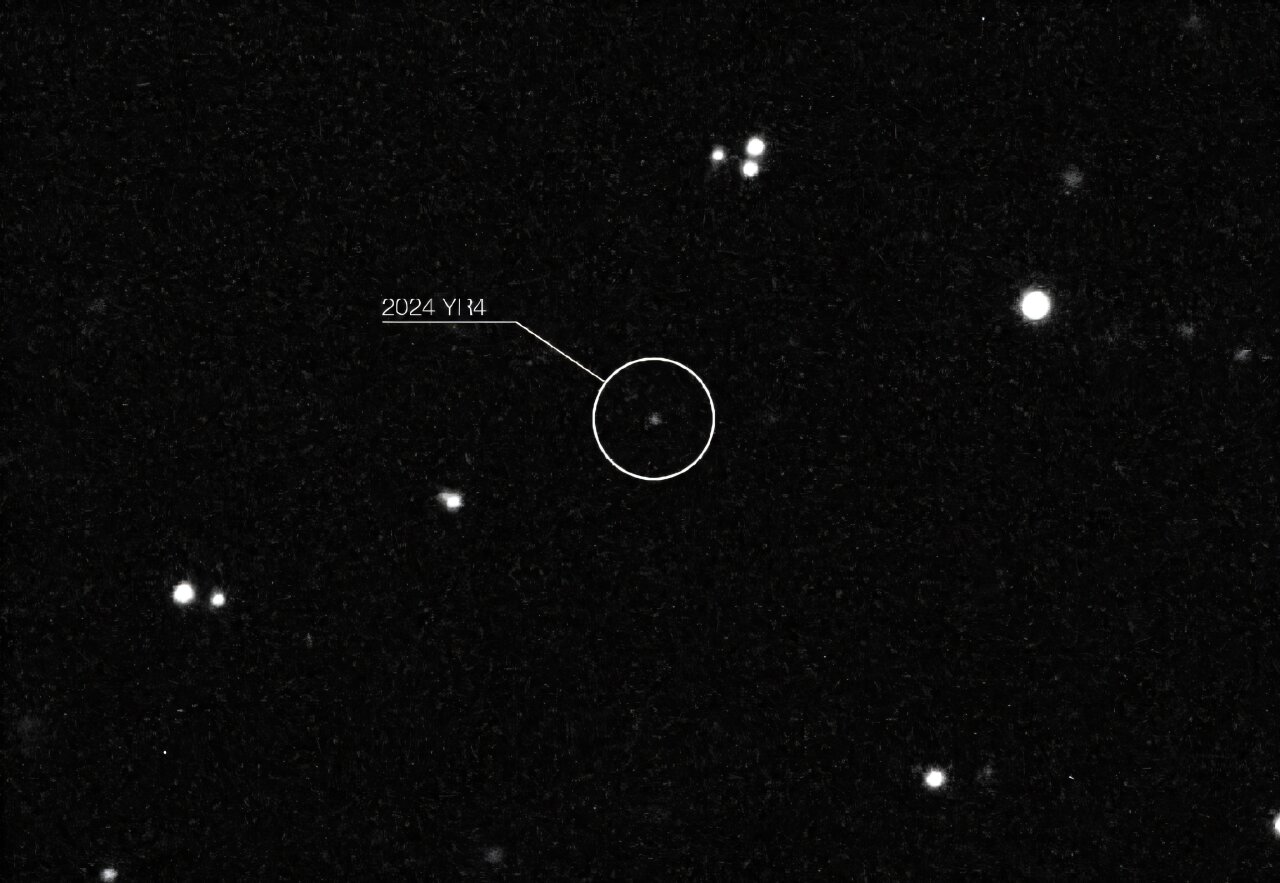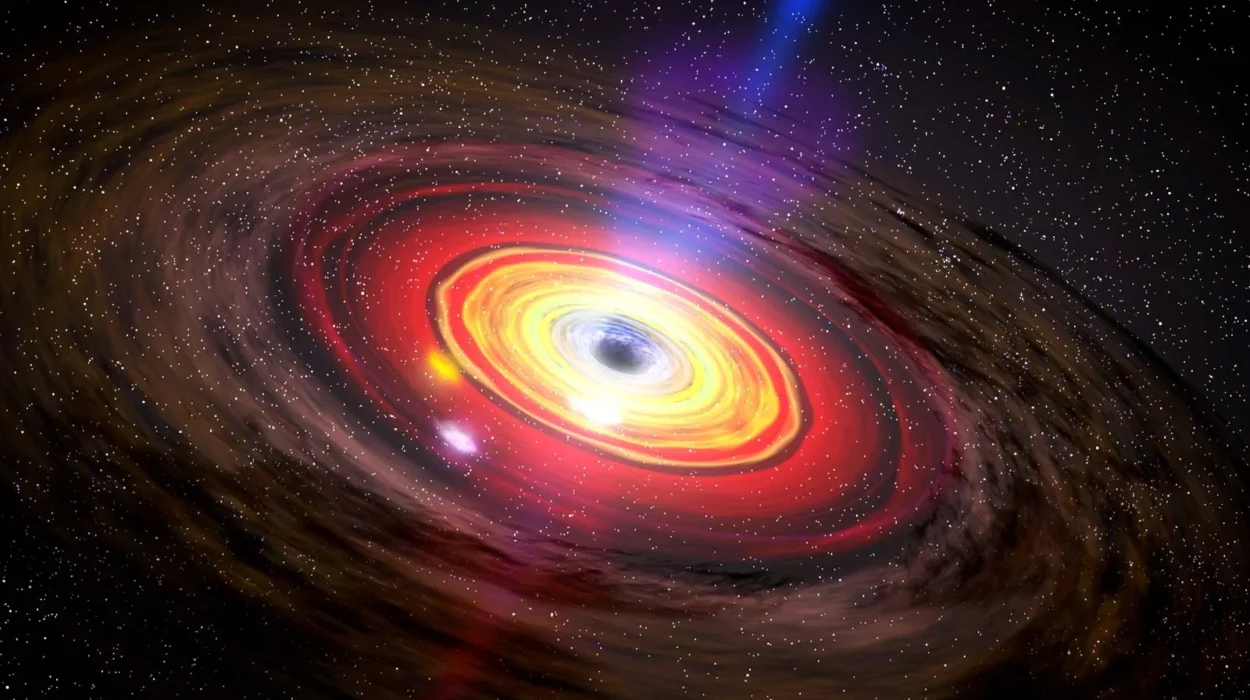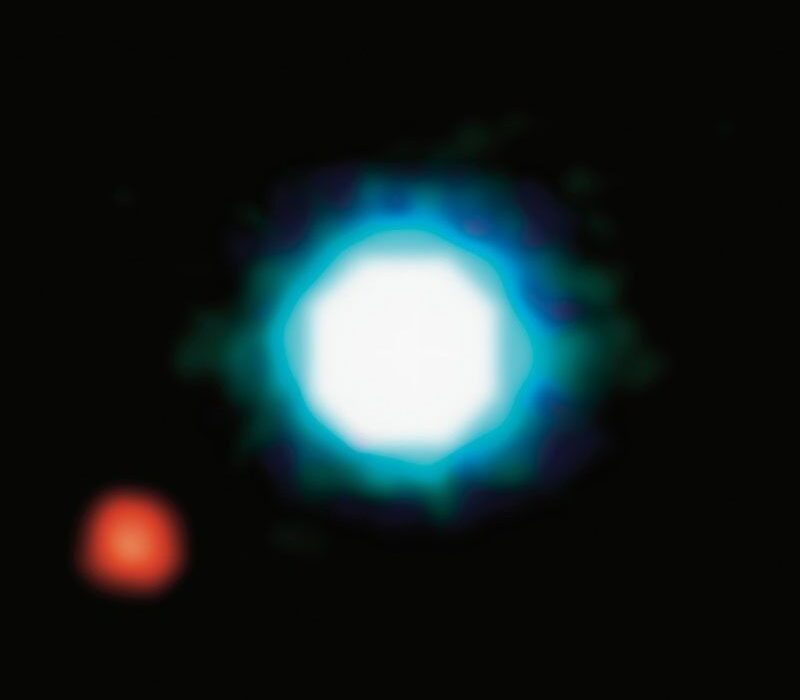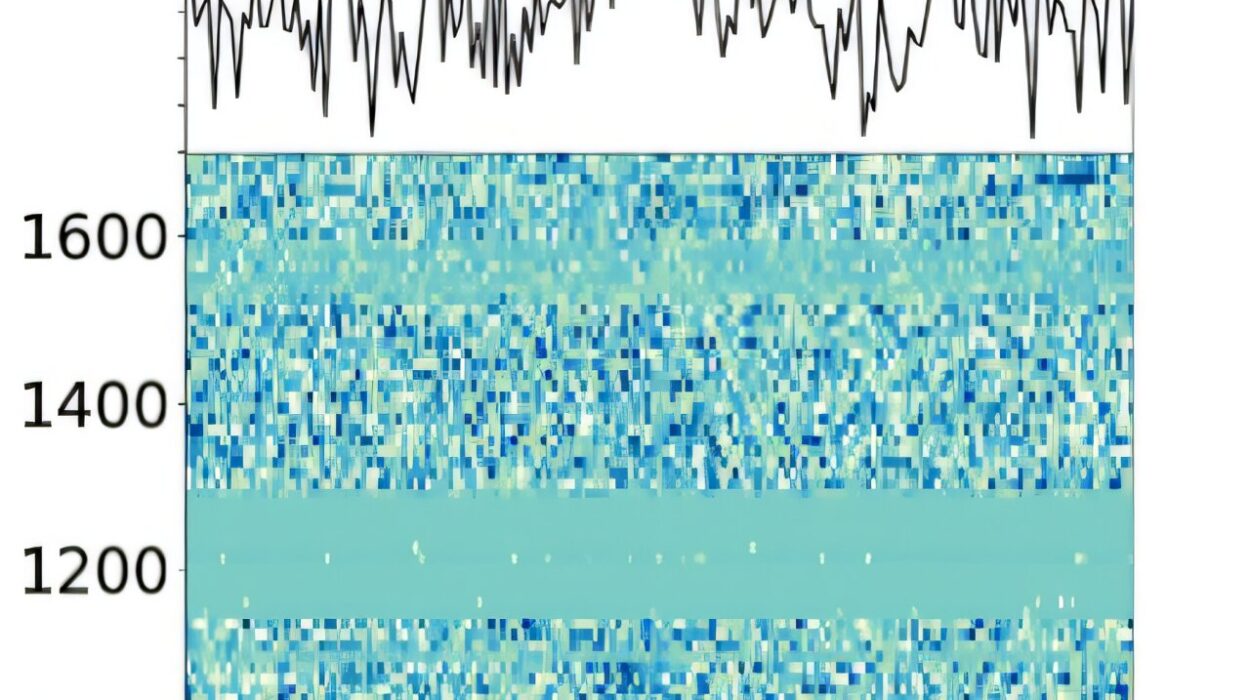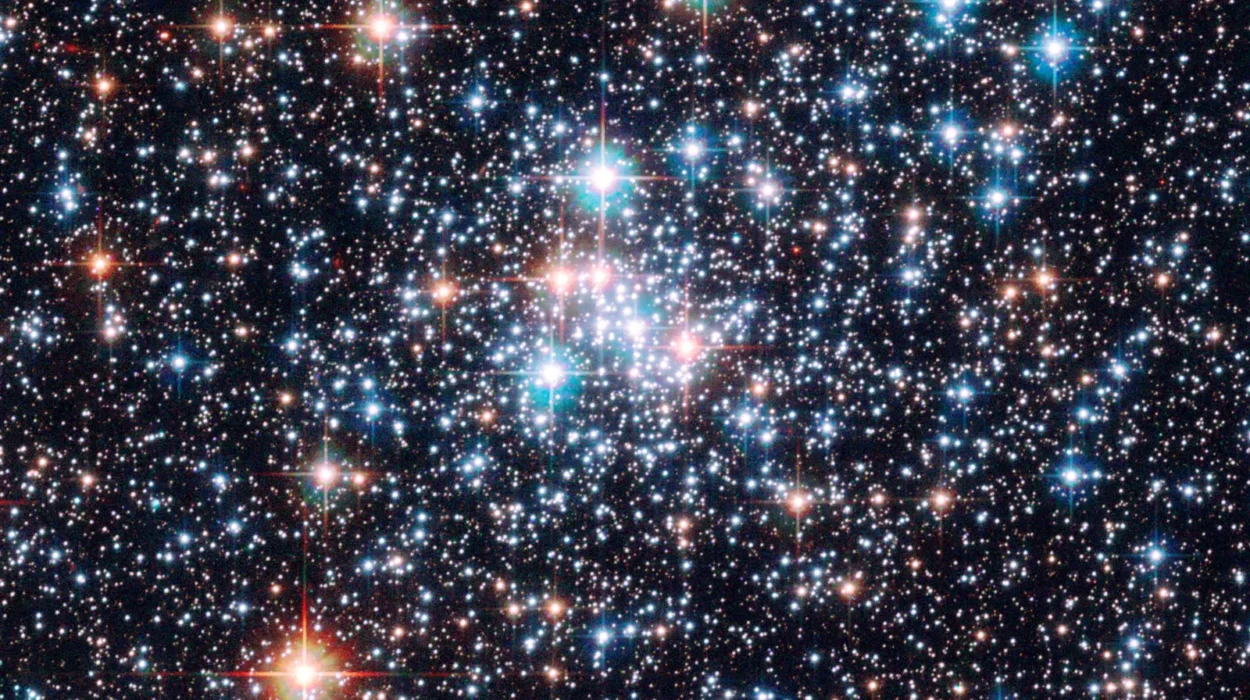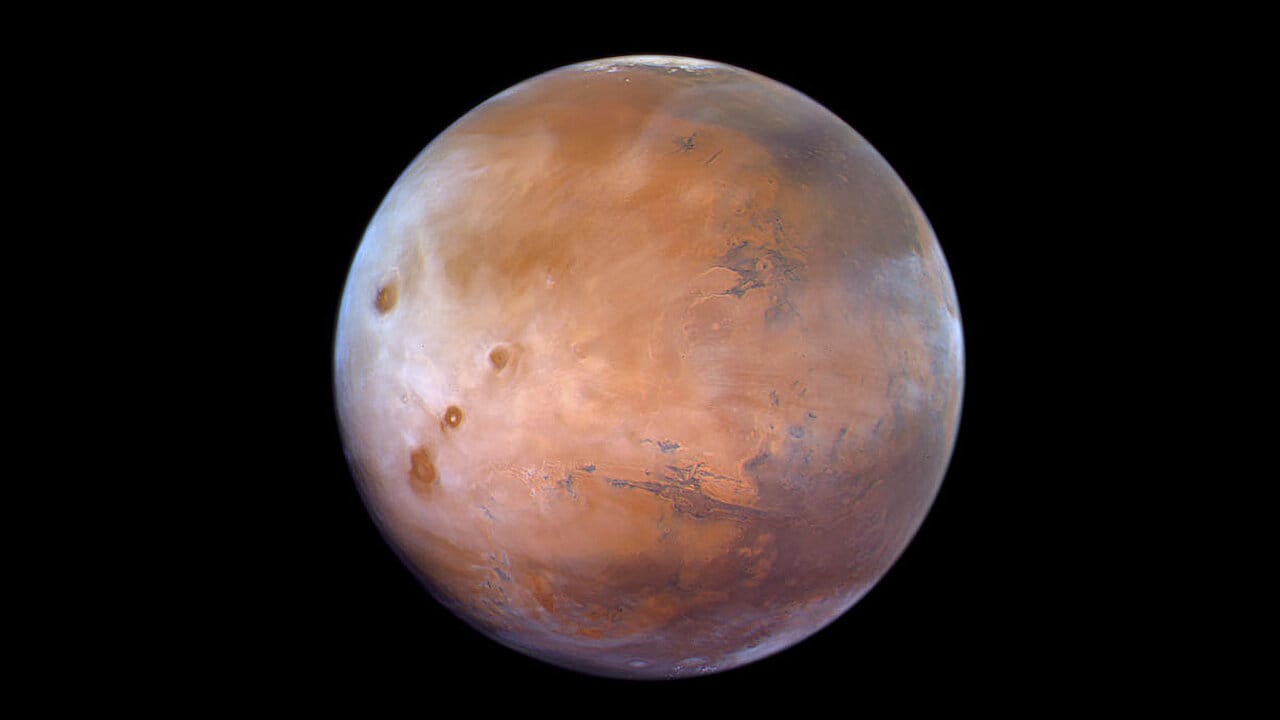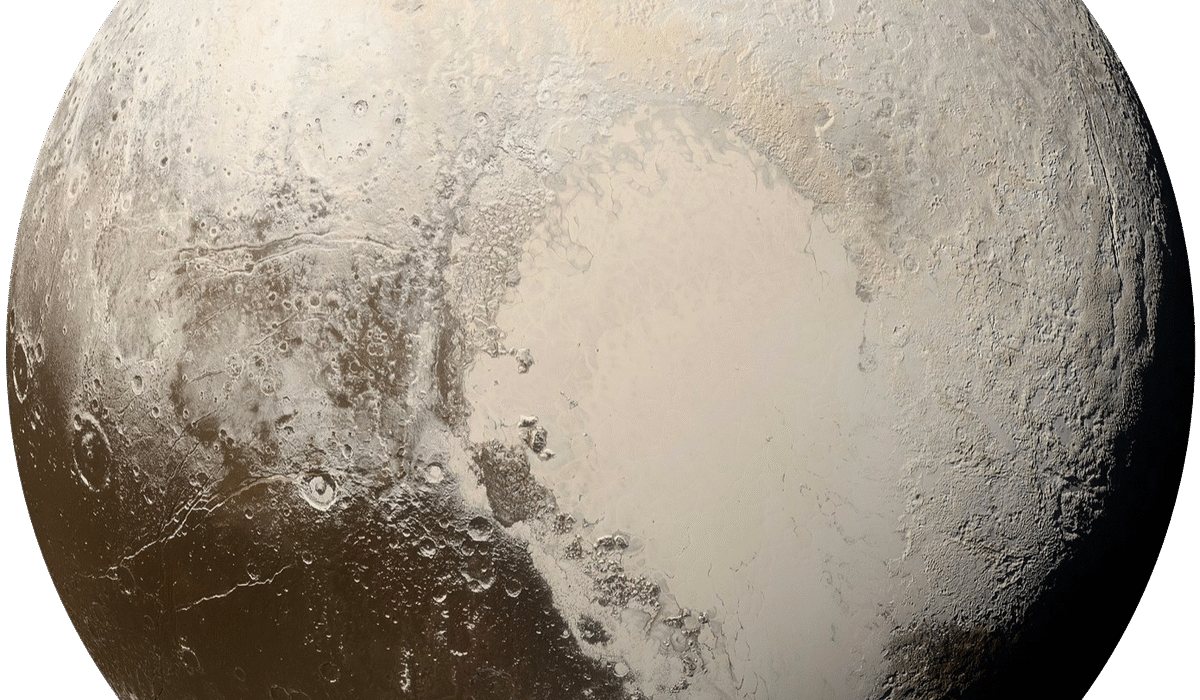In the cold darkness of space, a 200-foot-wide asteroid named 2024 YR4 is silently making its way around the Sun. To the naked eye, it’s invisible—a distant fleck of rock tumbling through the void. But to scientists watching the skies, it briefly became a cause for alarm earlier this year when calculations suggested it might collide with Earth on December 22, 2032.
The object, roughly the size of a 20-story building, is large enough to flatten a city. And for a fleeting moment, it carried the highest probability ever recorded—3.1%—for an asteroid of its size striking Earth. That chance has now been ruled out, thanks to fresh telescope data. Our planet is safe.
But the Moon might not be.
A Bullseye on the Moon?
According to new analysis based on data gathered by the James Webb Space Telescope in May, the probability that asteroid 2024 YR4 will slam into the Moon has risen to 4.3%—a tantalizingly high number in the world of asteroid predictions.
If it does hit, it would mark the most powerful lunar impact in 5,000 years, according to planetary scientist Paul Wiegert of the University of Western Ontario, who led a new preprint study on the potential fallout.
“The energy released would be comparable to that of a large nuclear explosion,” Wiegert explained.
And while the Moon itself can withstand such violence—it’s been battered by space rocks for billions of years—Earth would not be entirely shielded from the consequences.
A Blast Felt from Afar
Wiegert and his colleagues ran detailed simulations to visualize what might happen if asteroid 2024 YR4 hits the lunar surface. The numbers are staggering: the impact would eject up to 100 million kilograms (220 million pounds) of rock, dust, and debris into space.
Roughly half the Moon’s face is turned toward Earth at any given time. If the asteroid hits that near side, which is a 50-50 chance, some of that debris—up to 10%—could find its way to Earth, drawn in by gravity over the following days.
We would be spared any catastrophic danger. Earth’s atmosphere is a masterful shield, vaporizing space rocks smaller than a golf ball before they can touch the ground. But the satellites orbiting above us might not be so lucky.
A Thousand-Fold Increase in Threats to Satellites
“In the days after the impact, there could be more than 1,000 times the normal number of meteors threatening Earth’s satellites,” said Wiegert.
And these aren’t fluffy little snowflakes drifting through the upper atmosphere. Even a centimeter-wide fragment traveling at tens of thousands of meters per second “is a lot like a bullet,” he warned.
The risk is especially pressing as Earth’s orbit becomes more crowded. By 2032, thousands more satellites are expected to join the fleets already circling our planet. SpaceX, Amazon, OneWeb, and others are launching constellations of satellites to bring global internet access—but that also creates a delicate infrastructure hovering just outside the atmosphere.
An unexpected burst of lunar shrapnel could damage or destroy satellites crucial to communication, weather forecasting, navigation, and surveillance.
A Firework Show in the Sky
For those of us on the ground, however, the fallout might be breathtaking—not frightening.
The same simulations suggest that Earth could witness a celestial spectacle in the aftermath of a lunar impact: a dazzling meteor shower, brighter and more intense than anything seen in centuries.
“The meteors would be spectacular to watch,” Wiegert said. “A once-in-a-lifetime event.”
If the Moon is struck, the resulting debris would start arriving in Earth’s atmosphere within days, sparking luminous trails as fragments burn up overhead. It could paint the sky with streaks of light across multiple nights—fireworks written by physics.
Still a Long Shot—But Not Impossible
Despite the vivid scenarios, Wiegert cautions that the odds of a direct hit on the near side of the Moon—the one that would launch debris toward Earth—remain slim, just two percent.
Still, with a celestial clock ticking toward 2032, astronomers will keep watching. The asteroid 2024 YR4 isn’t expected to be visible again until 2028, leaving a long window of uncertainty.
If updated calculations show a collision is likely, there may still be time for action.
Should We Try to Stop It?
Given its size, 2024 YR4 is actually half the width and about 10% the mass of the asteroid Dimorphos, the target of NASA’s successful DART mission in 2022. That experiment marked the first time humans deliberately changed the course of a celestial object, smashing a spacecraft into an asteroid to alter its trajectory.
Could we do the same again?
“If 2024 YR4 is truly on a collision course with the Moon, it would be a good target for another planetary defense test,” Wiegert said. “And I’m sure it will be considered.”
But he added a note of caution: trying to deflect a rock that’s flying so close to Earth carries its own risks. A small miscalculation could redirect the asteroid toward us, rather than away from the Moon.
What Comes Next
The study that sparked these new questions was published last week on the arXiv preprint server, meaning it has not yet been peer-reviewed. But it opens the door to a conversation that stretches far beyond any one asteroid.
It reminds us that even in our modern world, Earth is still part of a cosmic neighborhood—one where big rocks roam freely and ancient collisions still echo in cratered moonscapes. The Moon, our quiet companion in the night sky, may someday remind us that even silence can be shattered.
As 2024 YR4 continues its long arc through the solar system, scientists will keep watching. The final verdict may take years to arrive. But one thing is certain: the next great chapter in planetary science may begin not on Earth, but on the Moon—with a flash of light, a storm of rock, and a sky full of fire.
Reference: Paul Wiegert et al, The Potential Danger to Satellites due to Ejecta from a 2032 Lunar Impact by Asteroid 2024 YR4, arXiv (2025). DOI: 10.48550/arxiv.2506.11217
